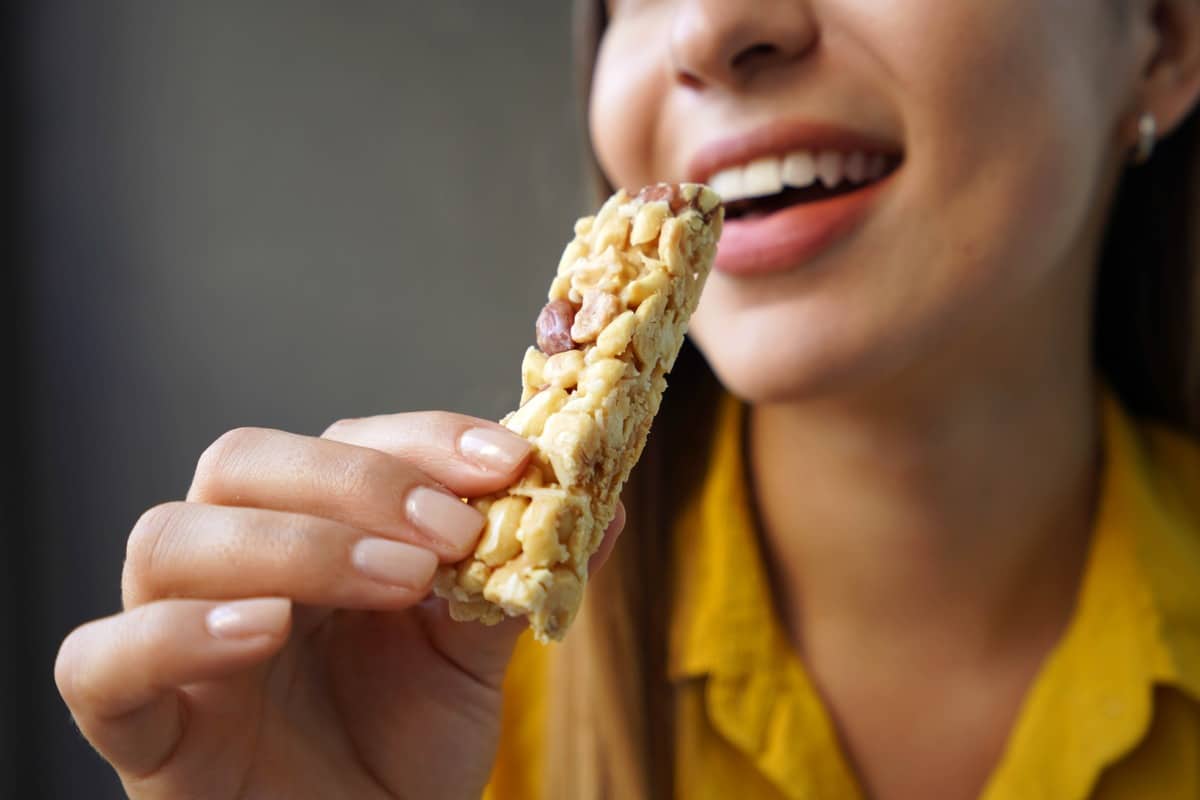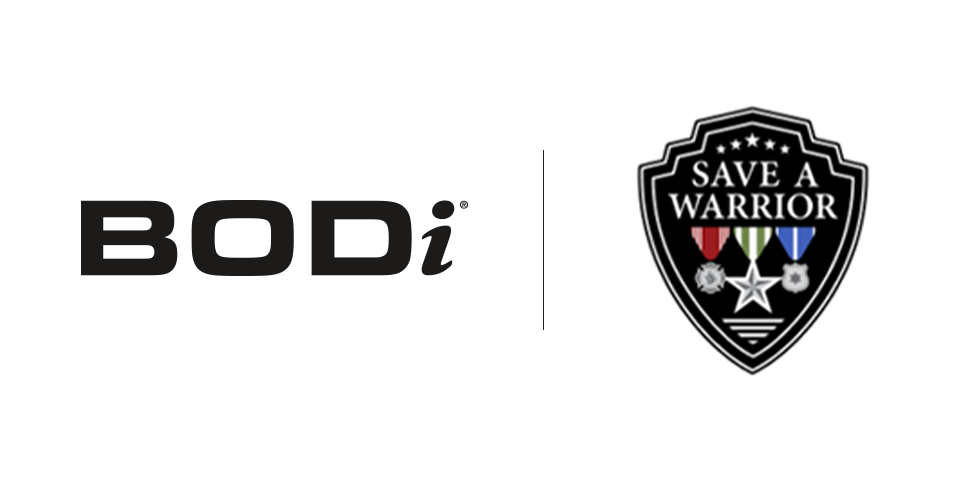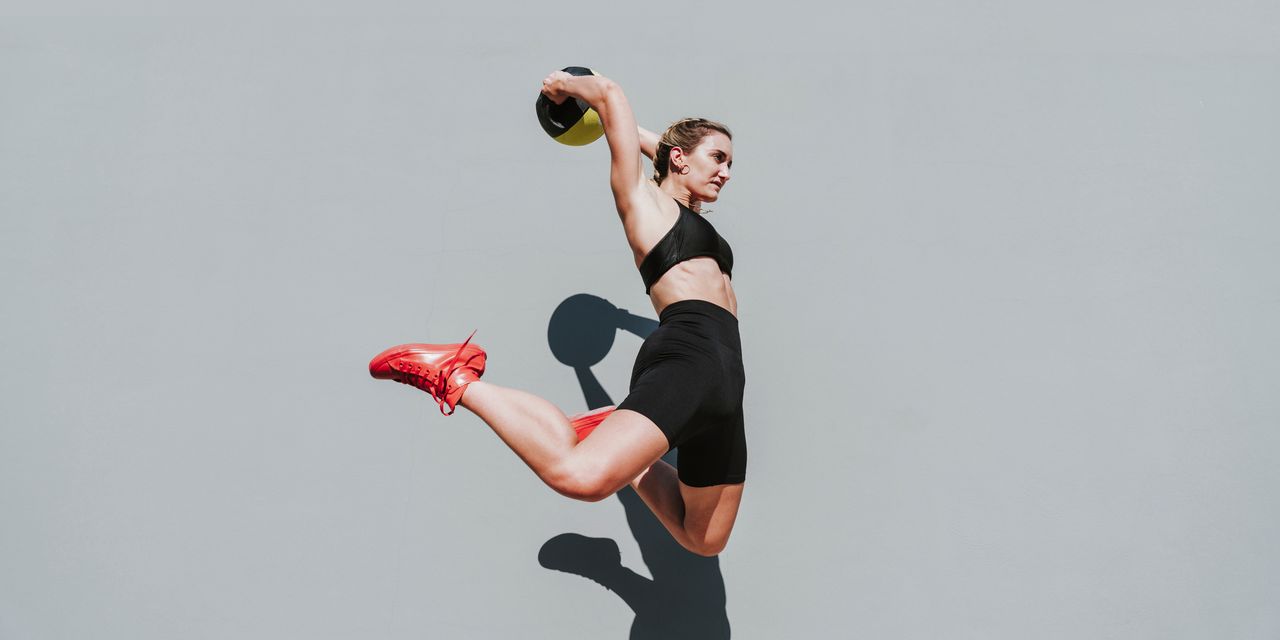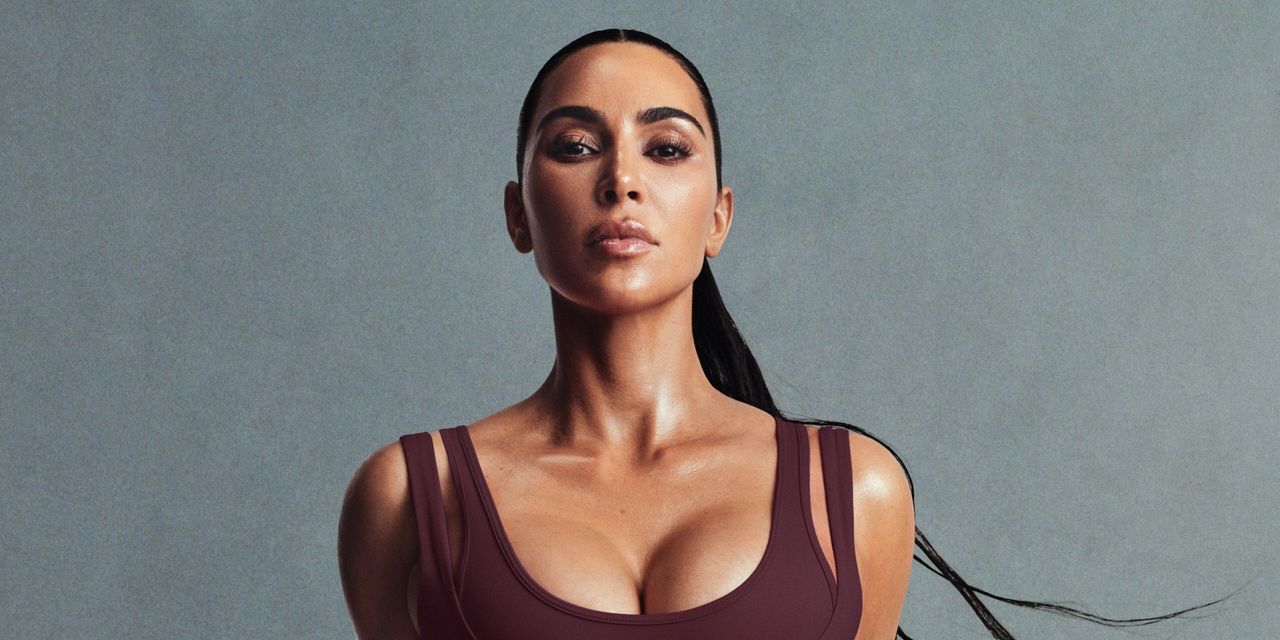Best Snack For Weight Loss: Smart Choices For Success

If you are on a weight loss journey, chances are you have second-guessed every bite. That innocent-looking 20g chip packet? It probably felt harmless. But in reality, these tiny indulgences often derail your progress more than full meals do. The need to munch between meals is real, especially when you are on a calorie deficit or exercising more. Hunger hits harder, energy dips more often, and cravings become louder.
Now, with the snack aisle exploding with “low-fat,” “guilt-free,” and “high-protein” labels, choosing the best snack for weight loss can feel like navigating a maze. And that is where most mistakes happen. Because not all that is marketed as healthy actually supports your goals. From hidden sugars to deceptive serving sizes, poor snack choices can spike your calorie intake and throw off your fat-burning rhythm.
In this article, we unpack the fundamental role of snacks in weight loss. From understanding calorie science to picking the best snacks for a low-calorie diet, we guide you through it logically, scientifically, and with real snack options that work. And yes, we will help you identify which snacks are genuinely aligned with fat loss, and which ones only pretend to be.
The Science of Weight Loss: What Really Works
Weight loss is not about starvation; it is about creating a sustainable calorie deficit. That means your energy expenditure must exceed your energy intake. Every calorie you consume needs to have a purpose. It should either fuel your workouts, sustain your body functions, or keep you full enough to avoid overeating.
But here is the challenge: when you eat less, you often feel less satisfied. Hunger and low energy creep in, leading to binge-eating later or giving up altogether. That is where good snacks for fat loss come in. They bridge the gap between meals, maintain your blood sugar levels, and help prevent impulsive choices like sugary drinks or ultra-processed food.
According to a 2020 meta-analysis, meal frequency and quality play a bigger role than just calorie count. Having 1–2 nutrient-dense snacks per day can help regulate appetite, reduce hunger-driven overeating at meals, and improve metabolic health.
The Role of Snacking in Weight Loss
Snacking often gets a bad reputation in weight loss discussions, but it is not the act of snacking itself that is the problem. The real problem lies with what, why, and how we snack that matters. Healthy snacking can play a key role in bridging nutritional gaps, regulating hunger, and even preventing overeating at main meals. When done strategically, it helps sustain energy levels, improve portion control, and contribute to better dietary choices throughout the day.
Healthy snacking can:
- Prevent extreme hunger between meals, which often leads to binge eating. By keeping blood sugar levels steady, it reduces the likelihood of overeating at the next meal.
- Support better portion control at lunch or dinner because you’re not arriving at the meal starving.
- Stabilize blood sugar to avoid energy crashes, which can trigger cravings for sugary foods.
- Improve overall nutrient intake, especially fiber, protein, and healthy fats that are often missing from larger meals.
Unhealthy snacking, on the other hand, can:
- Snacks consumed out of habit, boredom, or stress rather than actual hunger can lead to higher overall calorie intake.
- Disrupt hunger cues, making it harder to recognize when you’re genuinely full or hungry.
- Increase preference for high-sugar, high-fat foods due to constant exposure to hyper-palatable snack options.
- This results in gradual weight gain and poor diet quality over time.
In one study, researchers found that people who snacked on high-protein, low-sugar foods between meals had better satiety and improved weight management compared to those who chose carb-heavy snacks like cookies or crackers.
Best Snacks for Weight Loss: What to Choose
Snacking becomes effective for weight loss when the foods chosen are purposeful and nutrient-dense. The best snack for weight loss is not just about being low-calorie; it should also help manage hunger, provide nourishment, and fit into your daily routine. To be considered a smart snack, it must offer satiety, essential nutrients, and convenience without adding empty calories.
Let us look at 16 scientifically supported snack options and what makes them a wise choice:
1. Roasted Mung Dal
Rich in plant-based protein and fiber, roasted mung dal is a crunchy and satisfying option. It helps control appetite and keeps you full between meals. Low in fat and calories, it works well as a mid-morning or late-evening snack.
2. Greek Yogurt with Chia Seeds
Greek yogurt is high in protein, while chia seeds add fiber and omega-3s. Together, they slow digestion, promote satiety, and support gut health. It is ideal post-workout or during afternoon slumps.
3. Baked Beetroot Chips
These are antioxidant-rich and lower in calories than traditional fried chips. High in dietary fiber and vitamins, they improve digestion and help reduce oxidative stress.
4. Hard-Boiled Eggs
A complete source of protein, hard-boiled eggs provide all nine essential amino acids. They are filling, portable, and perfect for maintaining muscle mass during weight loss.
5. Mixed Nuts (Unsalted)
Although calorie-dense, nuts offer protein, fiber, and healthy fats that promote fullness. Almonds and walnuts are great options, but must be eaten in controlled portions (a handful per snack).
6. Apple Slices with Peanut Butter
This sweet-savory combo offers natural sugars, fiber, and healthy fats. It stabilizes blood sugar and keeps hunger at bay. It can be a great afternoon snack.
7. Edamame
Packed with protein, fiber, and iron, edamame is filling and supports metabolic function. Steam or boil and enjoy it warm with a sprinkle of sea salt.
8. Cottage Cheese with Berries
Cottage cheese is a slow-digesting protein that helps preserve muscle mass. The combination of cottage cheese and antioxidant-rich berries makes this snack excellent for recovery and reduces sugar cravings.
9. Carrot and Cucumber Sticks with Hummus
This snack is fiber-rich, hydrating, and low in calories. Hummus provides protein and healthy fats. That makes it an excellent crunchy snack that satisfies.
10. Soya Chips
Baked and loaded with protein and fiber, soya chips are ideal for those seeking a savory snack that supports satiety and muscle recovery. They are also a perfect snack to keep you full between meals.
11. Protein Bars (Check Labels)
Protein bars are convenient on-the-go snacks, but one should choose them carefully. Look for bars with under 200 calories, at least 10g of protein, and minimal added sugar.
12. Air-Popped Popcorn
High in fiber and volume, popcorn keeps you full without too many calories. Avoid butter-laden versions. Season lightly with herbs for flavor.
13. Chickpea Salad
A combination of protein, fiber, and complex carbs. Chickpea salads are filling and can be prepped in advance for snack boxes.
14. Dates with Almonds
It is a natural, nutrient-dense sweet fix. Dates provide quick energy and antioxidants, while almonds bring in protein and fats. It is excellent for pre-workout or mid-afternoon.
15. Beetroot and Quinoa Patties (Homemade)
These patties combine fiber, protein, and complex carbs. Ideal as a warm snack or even a small meal replacement, they help you stay full and energized.
16. Homemade Energy Balls
Energy balls are an excellent choice for a healthy snack as they’re easy to make, portable, and packed with nutrients. Oats, nuts, and dried fruits give you a natural energy boost. They are also rich in fibre and protein, which helps keep you full. If you use honey or dates, they have no refined sugar, and you can customize them with flavors you love.
Each snack serves a purpose, either to increase fiber, protein, or healthy fats, all of which play a role in fat metabolism and satiety.
What to Avoid: Snacks That Hinder Weight Loss
Not all snacks labeled as “healthy” actually support weight loss. Many processed snacks contain hidden sugars, unhealthy fats, and artificial flavors that spike your blood sugar and derail your efforts. These snacks offer little satiety and increase calorie consumption without delivering nutrition.
Here are common culprits:
- Packaged Chips: These are high in saturated fats, salt, and preservatives. The crunch may be satisfying, but they offer minimal nutrients and are easy to overeat.
- Sugar-Loaded Granola Bars: Marketed as nutritious, but most are full of corn syrup, chocolate chips, and sugary coatings. They spike blood sugar and leave you hungry soon after.
- Flavored Yogurt: Often packed with added sugars and artificial flavorings. They defeat the purpose of protein-rich yogurt by turning it into a dessert.
- Instant Noodles and Soups: These are convenient but loaded with sodium, refined carbs, and MSG. They may suppress hunger temporarily, but do not support weight loss.
- Diet Sodas and Low-Calorie Drinks: Zero calories do not mean zero effect. Artificial sweeteners can increase sweet cravings and disrupt gut microbiota.
Ingredients to Watch Out for in Snacks
When scanning snack labels, it is crucial to look beyond buzzwords like “low-fat” or “all-natural.” Many snacks contain hidden ingredients that sabotage weight loss.
- High-Fructose Corn Syrup: A common sweetener linked to increased fat accumulation, insulin resistance, and inflammation.
- Hydrogenated Oils: Source of trans fats that raise LDL (bad cholesterol) and lower HDL (good cholesterol), increasing cardiovascular risk.
- Monosodium Glutamate (MSG): Often added to enhance flavor. It may lead to overeating by triggering reward centers in the brain.
- Artificial Sweeteners: Although calorie-free, they may disrupt gut health, trigger sugar cravings, and create an illusion of healthy indulgence.
- Refined Flours: Found in cookies, crackers, and white bread snacks. It is low in fiber and digested quickly, leading to hunger and blood sugar crashes.
Choose snacks that are whole, minimally processed, and made with real ingredients like lentils, seeds, fruits, and legumes.
Key Considerations When Choosing the Best Snacks for Weight Loss
Choosing a snack should not be impulsive; it should be intentional and thoughtful. Here are smart criteria to use:
- Caloric Density: Snacks should range between 120 and 250 calories. Anything above that may start competing with your main meals in terms of energy contribution.
- Protein and Fiber: Look for snacks with at least 5–10 grams of protein and 3–5 grams of fiber. These nutrients slow digestion and help you stay full longer.
- Quality of Fat: Always prefer unsaturated fats (from nuts, seeds, olive oil) over saturated or trans fats. Healthy fats promote hormone balance and satiety.
- Low Glycemic Index: Low-GI snacks help maintain stable blood sugar, reduce hunger pangs, and prevent fat storage spikes.
- Minimal Ingredients: The fewer the ingredients, the better. Choose snacks made with whole foods like lentils, legumes, vegetables, and seeds.
- Packaging and Portions: Opt for portion-controlled packs or prepare your snacks in advance. It helps prevent accidental overconsumption, especially with calorie-dense options like nuts or protein bars.
If in doubt, contact a certified health coach or registered dietitian who can help you select snacks that complement your eating style.
HealthifyMe’s Smart Snacking Options
HealthifyMe’s Healthify Store features curated snacks that meet the criteria for the best snacks for a low-calorie diet:
- Mung Dal Chips: Packed with plant protein, baked, not fried, it is rich in B vitamins to support metabolism. These chips are low GI and gluten-free, great for blood sugar stability.
- Beetroot Chips: These are baked, not fried. They are high in antioxidants, low in calories, and rich in fiber. They support digestive health and keep you fuller between meals.
- Soya Chips: Each 30g serving offers 9.3g protein and 2.8g fiber. Made with soya flour, black gram dal, and chaat masala, these chips are flavorful, low in sodium, and perfect for strong bones and metabolic energy.
These snacks are not just better; they are built for those on their weight loss journey. You can explore more options via HealthifyMe Coach Ria or by checking the Healthify AI-powered snack suggestions tailored to your goals.
HealthifyMe Note
Snacking is not your enemy. In fact, done right, it is your ally. But marketing can blur the lines between helpful and harmful. As a HealthifyMe coach, I often tell clients: Do not judge a snack by its front label. Look at the ingredient list. Ask yourself: Is this working for me or against me? A balanced snack should satisfy your taste buds and support your body’s needs. When in doubt, consult a coach, not a commercial. Remember, successful weight loss is not about restriction. It is about informed nourishment.
The Final Word
Weight loss is not a one-size-fits-all formula. What works for one may not work for another, but one thing is universal: how you snack matters. The best snack for weight loss is one that nourishes your body, satisfies your hunger, and supports your goals without compromising taste or joy.
Whether you struggle with late-night munching or need fuel between meetings, choosing good snacks for fat loss can make all the difference. Pick high-protein, fiber-rich, and low-GI options that keep you full and energized. Avoid ultra-processed traps that quietly sabotage your progress.
At HealthifyMe, our snack range is crafted to match real goals with real ingredients. With our AI-powered Coach Ria and personalized plans, finding the best snacks for a low-calorie diet has never been easier. So the next time hunger strikes, reach for something smarter, and trust that even small choices can create significant changes.
Frequently Asked Questions (FAQs)
Q: Can I snack and still lose weight?
A: Absolutely. Smart snacking helps bridge the gap between meals, prevents extreme hunger, and improves portion control during main meals. The key is choosing nutrient-dense, portion-controlled snacks that align with your calorie goals.
Q: What is the best snack for weight loss?
A: The best snack for weight loss is one that is high in protein and fiber, low in sugar, and supports satiety. Snacks like mung dal chips, Greek yogurt with chia, or roasted chickpeas are great examples. They keep you full while delivering key nutrients.
Q: How many snacks should I have per day on a weight loss plan?
A: Typically, 1–2 snacks per day is ideal, depending on your daily calorie budget and meal size. These should contribute to overall nutrition without exceeding your total energy intake.
Q: What are good snacks for fat loss during evening cravings?
A: Choose low-sugar, high-protein snacks like boiled eggs, soya chips, or hummus with veggie sticks. These prevent blood sugar dips and help control late-night eating.
Q: Are packaged snacks okay for weight loss?
A: Yes, but only if they are low in added sugars, baked not fried, and made with whole ingredients. Brands like Healthify Store offer snacks like mung dal chips or soya chips that are designed with weight management in mind.
Q: Should snacks be avoided completely when trying to lose weight?
A: No, skipping snacks can lead to excessive hunger and overeating later. The goal is to snack mindfully. Hence, choose quality over quantity, and eat only when truly hungry.
Q: How do I choose the best snacks for a low-calorie diet?
A: Look for snacks with fewer than 200 calories, moderate protein (5–10g), fiber (3 g+), and no added sugars or refined oils. Keep servings controlled and choose foods that support your energy and digestion.
Q: Do healthy snacks actually help with fat-burning?
A: Yes, when paired with a calorie-controlled diet and exercise. Healthy snacks help sustain your metabolism, reduce the risk of muscle loss, and support fat oxidation by regulating blood sugar and insulin levels.
Research Sources
2. Optimal Diet Strategies for Weight Loss and Weight Loss Maintenance
4. Snack Food, Satiety, and Weight
5. The Science of Snacking – The Nutrition Source
7. Food choices for weight loss: What dietary strategies would people use?





